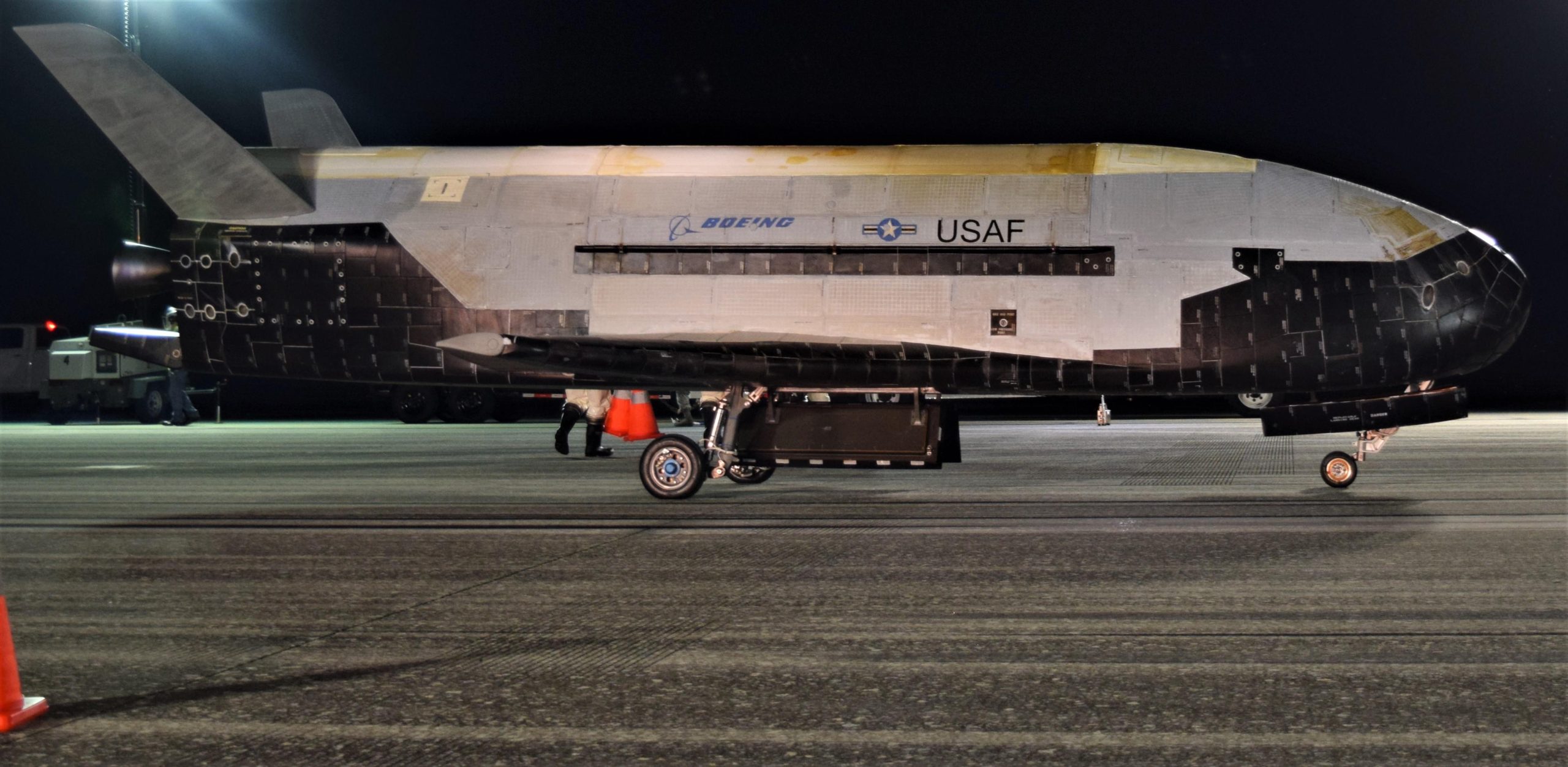
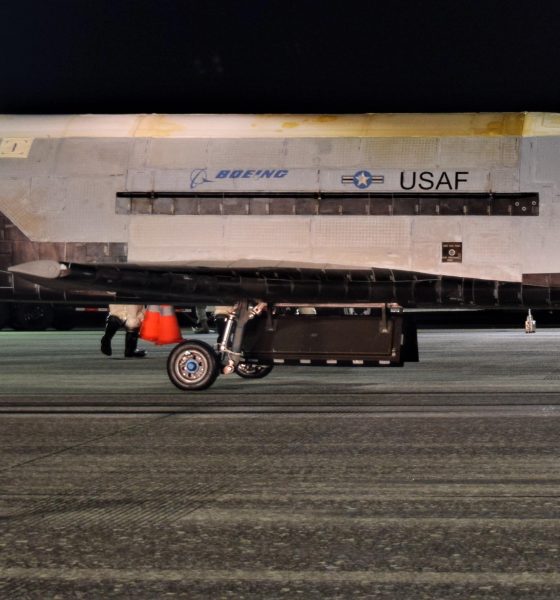
News
Mysterious Air Force spaceplane returns to Earth more than two years after SpaceX launch
More than 25 months after it lifted off on a SpaceX Falcon 9 rocket, the US Air Force’s secretive X-37B spaceplane successfully returned to Earth on October 27th, breaking its own record for time spent in orbit.
As always, the specifics of what exactly the X-37B spaceplane does in orbit remain as obscure as ever.
SpaceX’s Falcon 9 rocket launched X-37B on its fifth mission – OTV-5 – on September 7th, 2017, just a handful of months after successfully launching a similarly secretive mission (NROL-76) for the National Reconnaissance Office (NRO) and a handful of months prior to the company’s even more mysterious ‘Zuma’ launch. SpaceX’s OTV-5 launch had to race against the clock to beat Hurricane Irma’s forecasted landfall and the company managed to launch just a few days prior, while the booster’s post-landing operations had to be similarly expedited.
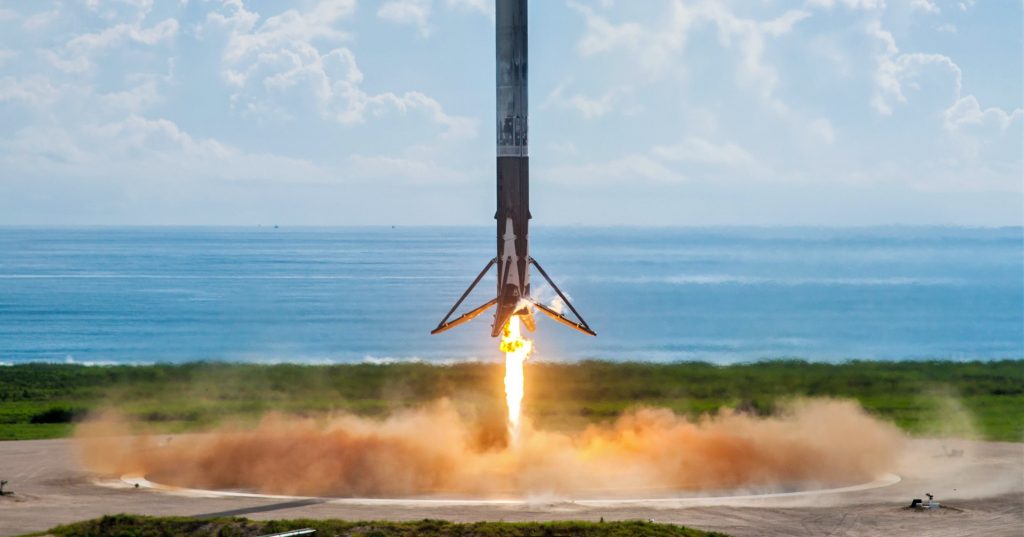
Thankfully, all went as planned and SpaceX recovery technicians had Falcon 9 booster B1040 safely stored inside a nearby hangar before Hurricane Irma impacted the Florida coast. B1040 was reused for the second and final time during the June 2018 launch of the SES-12 communications satellite and marked the second to last launch of a pre-Block 5 variant of Falcon 9.
In the interim, the USAF X-37B was quietly stationed in low Earth orbit (LEO), performing any number of tasks. Over the course of the 779 days it spent in orbit, the spaceplane modified its orbit several times before finally reentering Earth’s atmosphere to land at Kennedy Space Center’s Shuttle Landing Facility (KSC SLF) runway.
During the OTV-4 mission that preceded OTV-5, the same X-37B spacecraft spent 717 days in orbit – just shy of two years. OTV-5 surpassed that endurance record on August 26th and remained in orbit for another two months, breaking its own record by a bit less than 10%. For the most part, the USAF’s most consistent cover story for the X-37B paints the spaceplane as a platform for testing reusable spacecraft hardware, but that explanation has never made a huge amount of sense alongside the fact that each mission has averaged more than 570 days in orbit.
“[The X-37B is the] Air Force’s premier reusable and unmanned spacecraft providing the performance and flexibility to improve technologies in a way that allows scientists and engineers to recover experiments tested in a long-duration space environment.”
USAF, October 27th, 2019
In reality, it’s largely assumed that X-37B serves as a kind of flexible, on-call spy satellite, featuring a payload bay with plenty of room for signals intelligence or imaging hardware and a level of orbital endurance that makes it comparable to satellites. For example, OTV-5’s orbital parameters meant that the spacecraft routinely overflew Russia for much of the 25 months it spent in space.
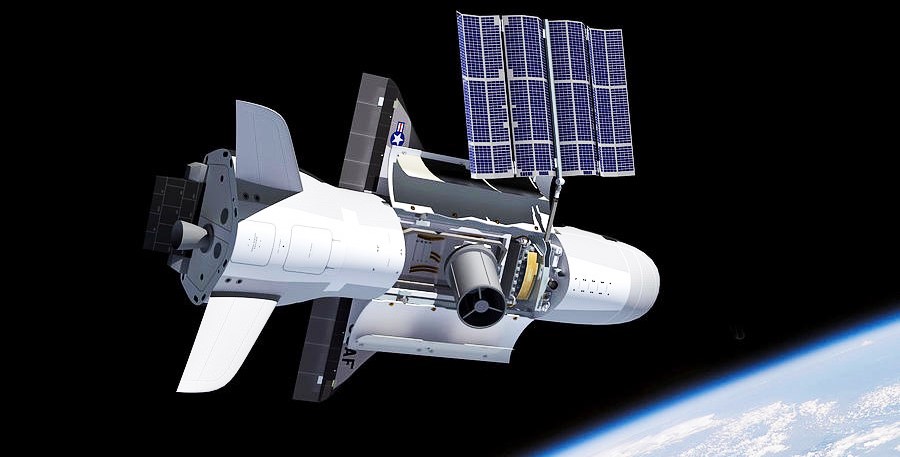
Aside from the “experiments” and likely espionage-related payloads X-37B can stow inside its payload bay, the spacecraft also brings along a small solar array and radiator and features a hydrazine maneuvering system with substantial delta-V reserves, allowing it to significantly change its orbit.
In an unexpected twist, the USAF press release suggested that X-37B also provided “a ride for small satellites”, unusual because the US never registered those satellites with the UN if they were actually deployed from the spacecraft – a potential violation of international spaceflight treaties.
Following its successful October 27th recovery, Boeing and USAF teams will begin the process of refurbishing X-37B and preparing it for its sixth orbital mission as soon as possible. Known as OTV-6, the spacecraft is scheduled to head to orbit once more on a ULA Atlas V rocket that is scheduled to launch no earlier than Q2 2020.
Check out Teslarati’s Marketplace! We offer Tesla accessories, including for the Tesla Cybertruck and Tesla Model 3.

Elon Musk
GM CEO Mary Barra says she told Biden to give Tesla and Musk EV credit
“He was crediting me, and I said, ‘Actually, I think a lot of that credit goes to Elon and Tesla…You know me, Andrew. I don’t want to take credit for things.”
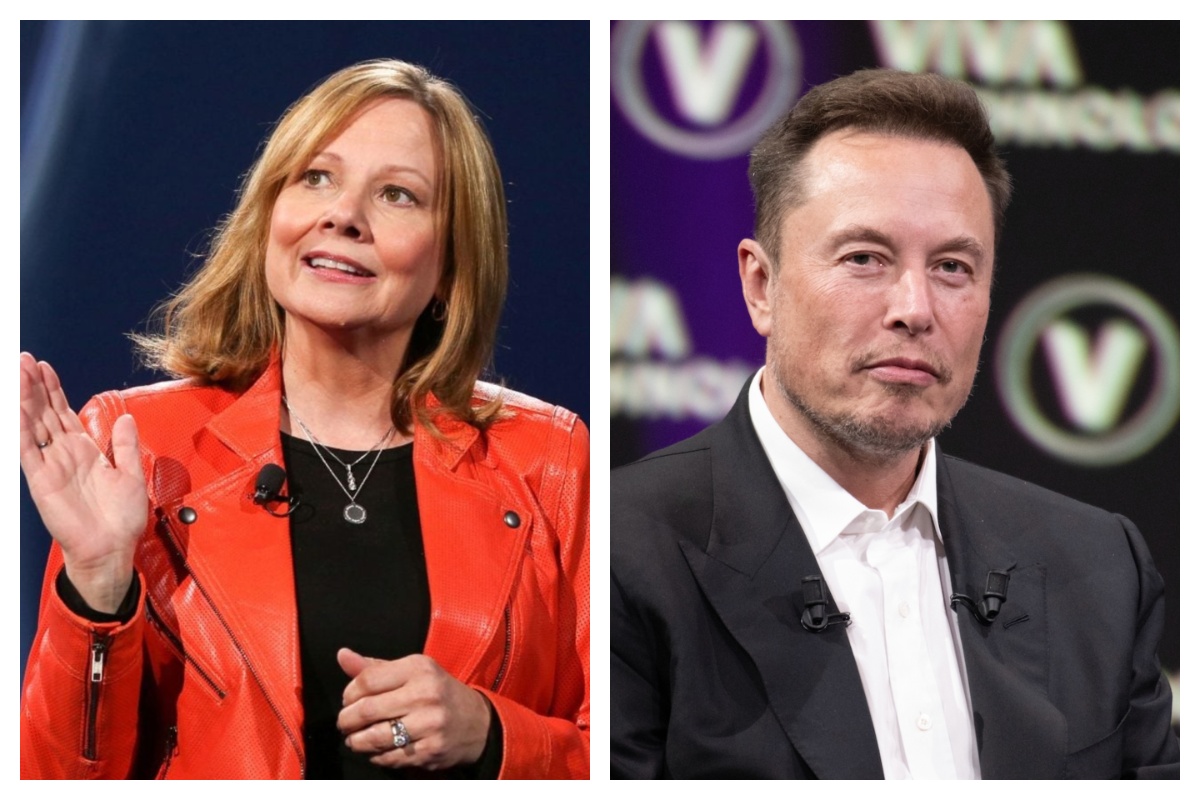
General Motors CEO Mary Barra said in a new interview on Wednesday that she told President Joe Biden to credit Tesla and its CEO, Elon Musk, for the widespread electric vehicle transition.
She said she told Biden this after the former President credited her and GM for leading EV efforts in the United States.
During an interview at the New York Times Dealbook Summit with Andrew Ross Sorkin, Barra said she told Biden that crediting her was essentially a mistake, and that Musk and Tesla should have been explicitly mentioned (via Business Insider):
“He was crediting me, and I said, ‘Actually, I think a lot of that credit goes to Elon and Tesla…You know me, Andrew. I don’t want to take credit for things.”
GM CEO Mary Barra said to Andrew Sorkin at the New York Times Dealbook Summit that she pulled President Biden aside and said Tesla CEO @elonmusk deserved the credit for EVs:
“He was crediting me, and I said, ‘Actually, I think a lot of that credit goes to Elon and Tesla,'” Barra… pic.twitter.com/OHBTG1QfbJ
— TESLARATI (@Teslarati) December 3, 2025
Back in 2021, President Biden visited GM’s “Factory Zero” plant in Detroit, which was the centerpiece of the company’s massive transition to EVs. The former President went on to discuss the EV industry, and claimed that GM and Barra were the true leaders who caused the change:
“In the auto industry, Detroit is leading the world in electric vehicles. You know how critical it is? Mary, I remember talking to you way back in January about the need for America to lead in electric vehicles. I can remember your dramatic announcement that by 2035, GM would be 100% electric. You changed the whole story, Mary. You did, Mary. You electrified the entire automotive industry. I’m serious. You led, and it matters.”
People were baffled by the President’s decision to highlight GM and Barra, and not Tesla and Musk, who truly started the transition to EVs. GM, Ford, and many other companies only followed in the footsteps of Tesla after it started to take market share from them.
Elon Musk and Tesla try to save legacy automakers from Déjà vu
Musk would eventually go on to talk about Biden’s words later on:
“They have so much power over the White House that they can exclude Tesla from an EV Summit. And, in case the first thing, in case that wasn’t enough, then you have President Biden with Mary Barra at a subsequent event, congratulating Mary for having led the EV revolution.”
In Q4 2021, which was shortly after Biden’s comments, Tesla delivered 300,000 EVs. GM delivered just 26.
News
Tesla Full Self-Driving shows confident navigation in heavy snow
So far, from what we’ve seen, snow has not been a huge issue for the most recent Full Self-Driving release. It seems to be acting confidently and handling even snow-covered roads with relative ease.
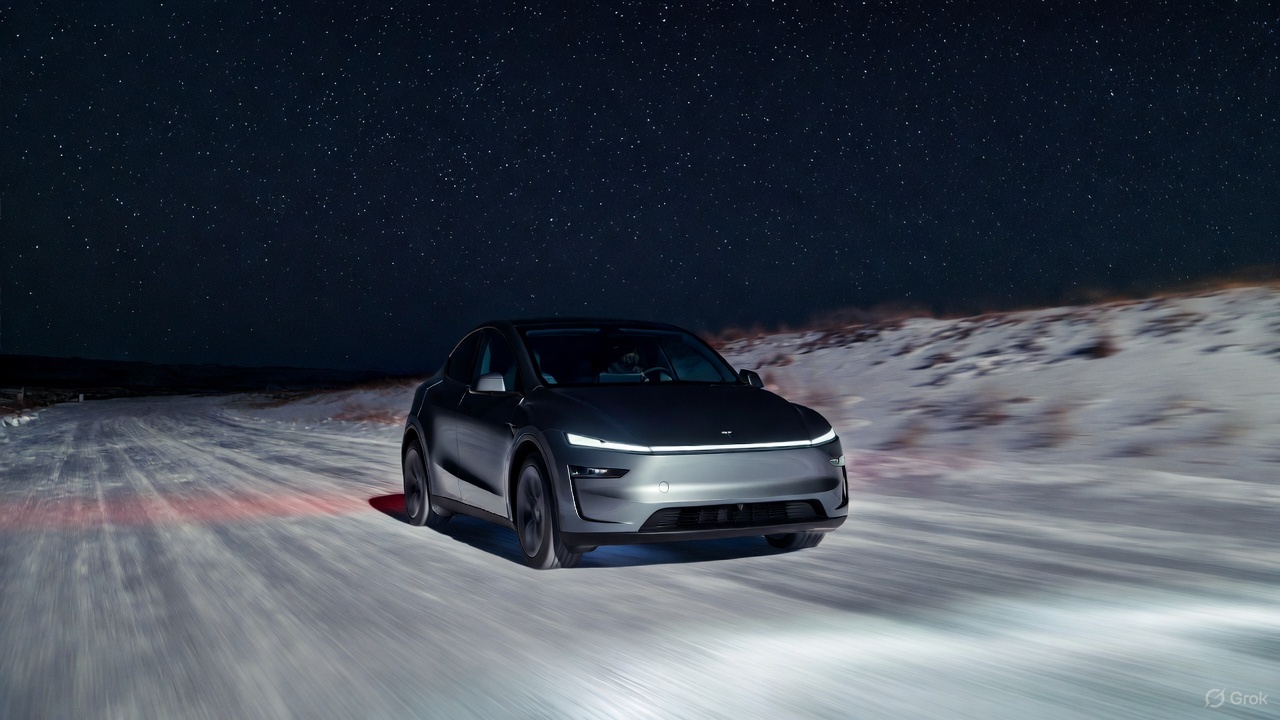
Tesla Full Self-Driving is getting its first taste of Winter weather for late 2025, as snow is starting to fall all across the United States.
The suite has been vastly improved after Tesla released v14 to many owners with capable hardware, and driving performance, along with overall behavior, has really been something to admire. This is by far the best version of FSD Tesla has ever released, and although there are a handful of regressions with each subsequent release, they are usually cleared up within a week or two.
Tesla is releasing a modified version of FSD v14 for Hardware 3 owners: here’s when
However, adverse weather conditions are something that Tesla will have to confront, as heavy rain, snow, and other interesting situations are bound to occur. In order for the vehicles to be fully autonomous, they will have to go through these scenarios safely and accurately.
One big issue I’ve had, especially in heavy rain, is that the camera vision might be obstructed, which will display messages that certain features’ performance might be degraded.
So far, from what we’ve seen, snow has not been a huge issue for the most recent Full Self-Driving release. It seems to be acting confidently and handling even snow-covered roads with relative ease:
FSD 14.1.4 snow storm Ontario Canada pic.twitter.com/jwK1dLYT0w
— Everything AI (@mrteslaspace) November 17, 2025
I found the steepest, unplowed hill in my area and tested the following:
• FSD 14.2.1 on summer tires
• FSD 14.2.1 on winter tires
• Manual drivingBut I think the most impressive part was how FSD went DOWN the hill. FSD in the snow is sublime $TSLA pic.twitter.com/YMcN7Br3PU
— Dillon Loomis (@DillonLoomis) December 2, 2025
Well.. I couldn’t let the boys have all the fun!
Threw the GoPro up and decided to FSD v14.2.1 in the snow. Roads were not compacted like the other day, a little slippery, but overall doable at lower speeds. Enjoy the video and holiday music 🎶
Liked:
Took turns super slow… pic.twitter.com/rIAIeh3Zu3— 🦋Diana🦋 (@99_Colorado) December 3, 2025
Moving into the winter months, it will be very interesting to see how FSD handles even more concerning conditions, especially with black ice, freezing rain and snow mix, and other things that happen during colder conditions.
We are excited to test it ourselves, but I am waiting for heavy snowfall to make it to Pennsylvania so I can truly push it to the limit.
News
Tesla hosts Rome Mayor for first Italian FSD Supervised road demo
The event marked the first time an Italian mayor tested the advanced driver-assistance system in person in Rome’s urban streets.

Tesla definitely seems to be actively engaging European officials on FSD’s capabilities, with the company hosting Rome Mayor Roberto Gualtieri and Mobility Assessor Eugenio Patanè for a hands-on road demonstration.
The event marked the first time an Italian mayor tested the advanced driver-assistance system in person in Rome’s urban streets. This comes amid Tesla’s push for FSD’s EU regulatory approvals in the coming year.
Rome officials experience FSD Supervised
Tesla conducted the demo using a Model 3 equipped with Full Self-Driving (Supervised), tackling typical Roman traffic including complex intersections, roundabouts, pedestrian crossings and mixed users like cars, bikes and scooters.
The system showcased AI-based assisted driving, prioritizing safety while maintaining flow. FSD also handled overtakes and lane decisions, though with constant driver supervision.
Investor Andrea Stroppa detailed the event on X, noting the system’s potential to reduce severe collision risks by up to seven times compared to traditional driving, based on Tesla’s data from billions of global fleet miles. The session highlighted FSD’s role as an assistance tool in its Supervised form, not a replacement, with the driver fully responsible at all times.
Path to European rollout
Tesla has logged over 1 million kilometers of testing across 17 European countries, including Italy, to refine FSD for local conditions. The fact that Rome officials personally tested FSD Supervised bodes well for the program’s approval, as it suggests that key individuals are closely watching Tesla’s efforts and innovations.
Assessor Patanè also highlighted the administration’s interest in technologies that boost road safety and urban travel quality, viewing them as aids for both private and public transport while respecting rules.
Replies on X urged involving Italy’s Transport Ministry to speed approvals, with one user noting, “Great idea to involve the mayor! It would be necessary to involve components of the Ministry of Transport and the government as soon as possible: it’s they who can accelerate the approval of FSD in Italy.”








